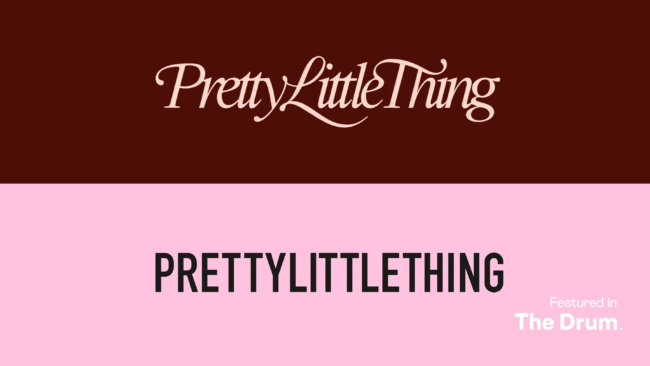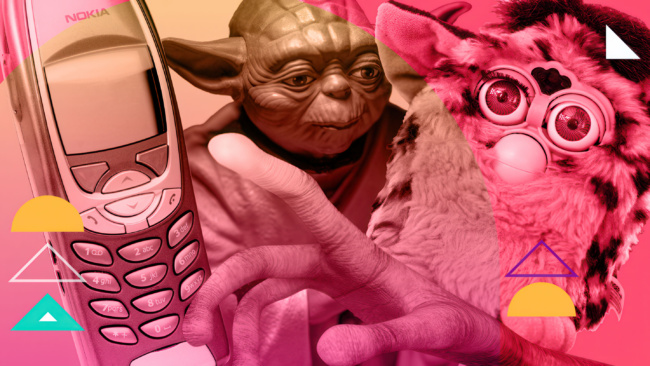
A brand is more than its logo – that’s day one, lesson one for marketing or design students. But as the world of marketing and communications has forever changed because of technology, “more” encompasses a lot more today. Branding and brand management have irrevocably evolved to be fit for purpose in our post-digital world.
And while the landscape and opportunities have evolved, some brands have failed to keep pace with the change and lack the right foundational brand elements and the tools to be effective.
Jenn Szekely, our Managing Partner US, gives guidance for brands in this thought piece for Martech Series.
What’s in your toolkit?
The historic view that branding is merely having a stamp or identifier evolved to an understanding that a brand toolkit needs to include a whole suite of distinctive assets. Today’s marketers and brand guardians need to consider the entire brand experience, which includes the myriad new platforms with which customers and employees are engaging.
While most brands will have an identity toolkit with a logo, color palette(s) and typography, many are now realizing that their holistic identity lacks the immersive elements required to take advantage of the opportunities technology brings. It’s now time for them to expand their current identity toolkit to include new elements for effectively communicating in today’s world – sonic identity, motion tool kits and haptics, and UI pattern libraries are now all key brand elements that can better help them differentiate and create stickiness when trying to engage and connect with audiences.
For example, while Netflix has a distinctive N ribbon symbol and that strong red brand color, just think about its sonic identity – that dramatic ‘ta-dum’ on the timpani – it’s arguably more associated with the brand than the visual identity. Engaging multiple senses is now a winning strategy and it’s helping brands increase interest and sales conversions. Take sound for instance, a study by the U.K.’s University of Leicester looked at how music impacted sales in a wine shop. On days that traditional French music was played, 77% of the wine sold was French, and on the days traditional German music played, 73% of the wine sold was German.
Can your guidelines support this evolution in brand identity?
Clients often ask for a style guide as the end deliverable of an identity engagement. While brands do need guidance to ensure consistent and on-brand communications, it’s time to rethink the way to provide guidance to internal and external communicators.
Lately, we’ve been working with clients to move to more of a digital solution for brand management. Whether you are a large enterprise business or a smaller sized organization, there are now a multitude of solutions available to leverage the power of online brand management: This can lead to:
- Better outcomes and more engagement Online brand management tools provide the opportunity to host training videos or verbal explanations of the guidelines, bringing them to life in a much more dynamic way. And from the data received from clients, online brand management solutions are engaged with at a much higher rate than PDF’s, which has helped ensure brand consistency across many organizations.
- Seamless updates Whether you have a 30 or 200-page set of guidelines, chances are that it will need to be updated within the first two years with some new information. But if your guidelines are in an old-school PDF, each time you create a new version, it’s increasing the chance of confusion with updates falling through the cracks and folks just referring to whichever version they happen to have filed. By switching to online brand management, you can be sure that everyone has access to the same and most up to date information, so the updating and rollout of updates becomes so much more effective and manageable.
- Scalable solutions that extend beyond guidance At the basic level, a brand can simply develop an online version of the PDF guidelines, which allows for more flexibility for updates and is an affordable solution. At the other extreme, there are now many platforms out there that offer a variety of different modules that enable brands to move well beyond guidance. Some have the ability to inspire through best practice showcasing, most can serve as a DAM to house brand assets, and several make content development easier through dynamic templates and provide ways to manage projects through creative workflow tools. Many also offer analytics to measure engagement, as well as the ability to integrate MS Word and into other frequently used marketing communications programs.
While the power of one’s logo as a storytelling device is no less important today than it ever was – and color, type and imagery are all still extremely powerful equities for a brand –technology has fueled the need to expand upon one’s brand identity, and as a result has impacted the tools needed to manage brands. Now is the time for brands to rethink their toolkit and tools to make the most out of this evolution and leverage these new ways to foster deeper engagement, with both internal and external audiences in a seamless and impactful way.


